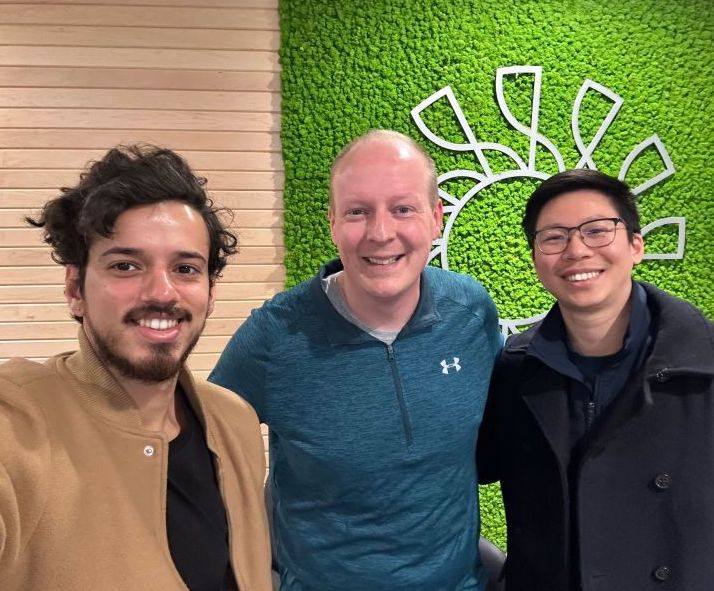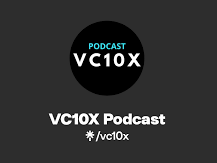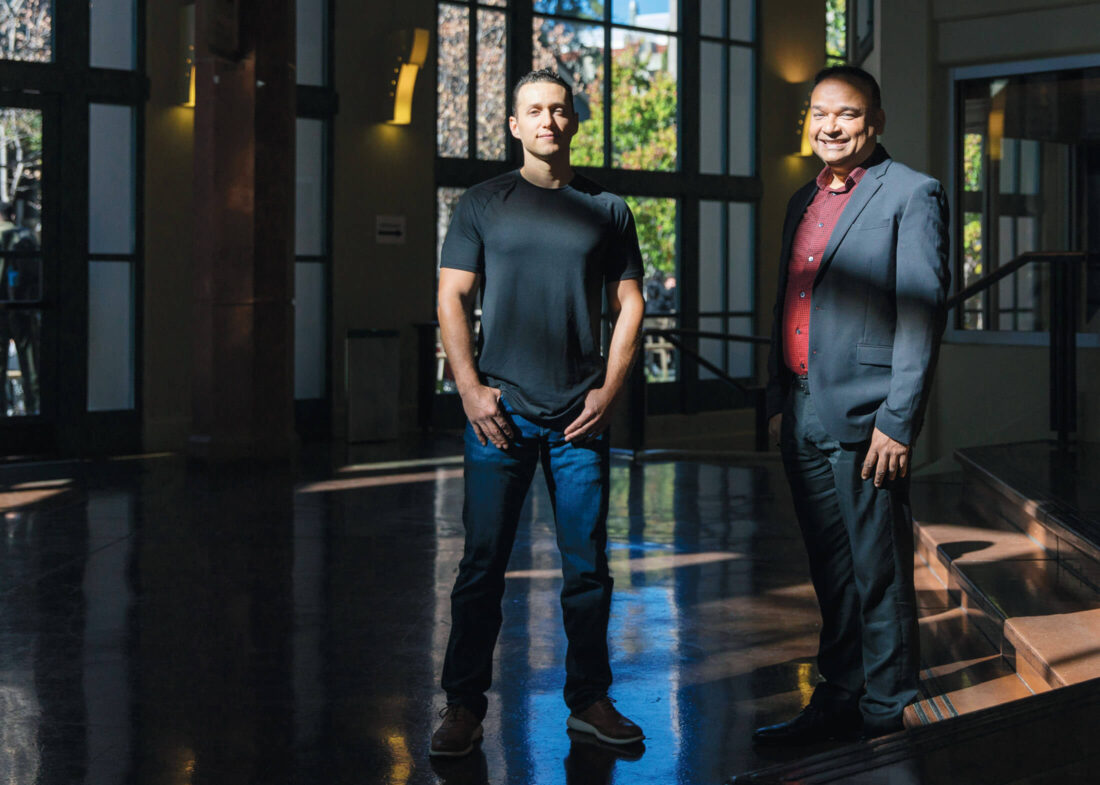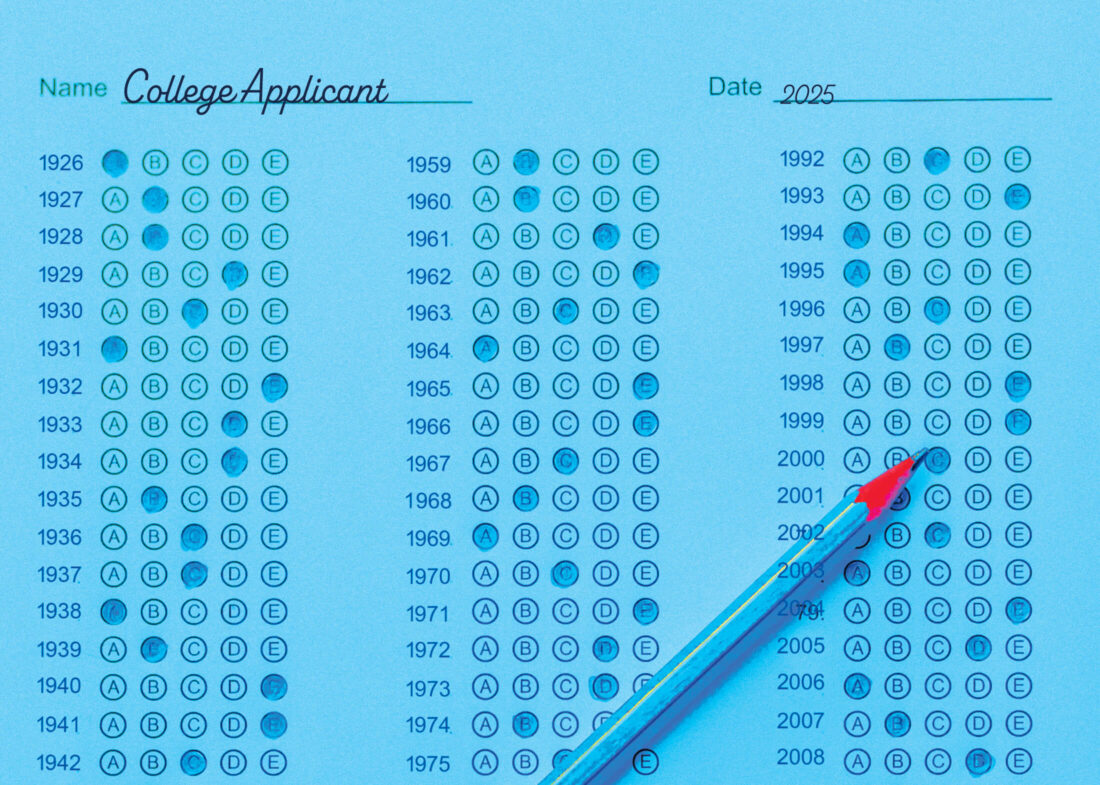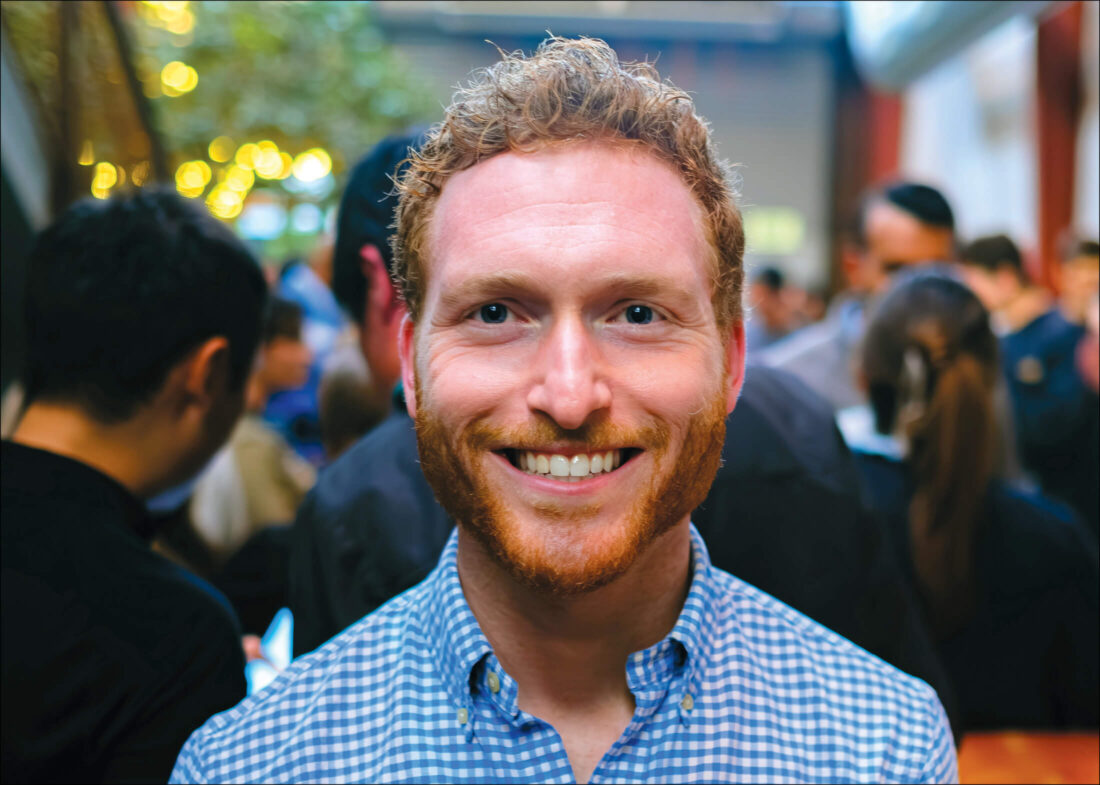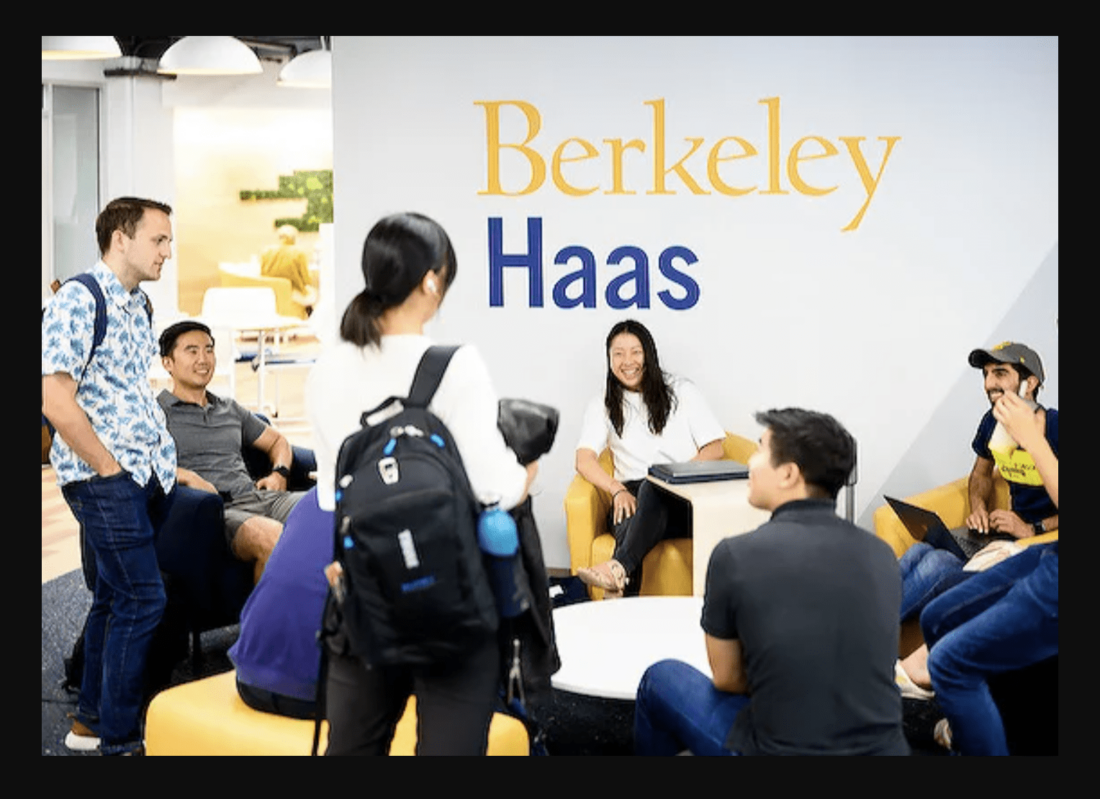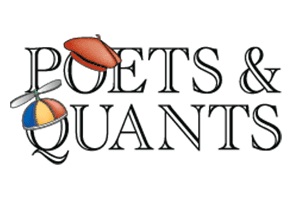Berkeley Haas opens new Entrepreneurship Hub in historic Julia Morgan building
Topic: Entrepreneurship
Bridging Gaps And Bay Area Innovation
The Independent (Nigeria)
Special report: targeted investments
Los Angeles Business Journal
Berkeley Haas launches new entrepreneurship hub in Julia Morgan house
San Francisco Business Times
At biotech’s biggest conference, UC Berkeley shows off startups
San Francisco Business Times
2024 most disruptive business school startups: Saturn Los Angeles, UC Berkeley (Haas)
Poets&Quants Undergrads
What is cultural appropriation?
Commonwealth Club World Affairs
Beyond Yourself, Entrepreneurship Edition
Haas entrepreneurship thrives because of our strong community. Here are just some ways alumni can help.
Changing the World
How today’s innovative entrepreneurs are tackling some of the planet’s biggest problems—and shaping a better future.
Professors and alumni decode UC Berkeley as the No. 1 school in startups
Daily Californian
Could Gen AI end incumbent firms’ competitive advantage?
Harvard Business Review

